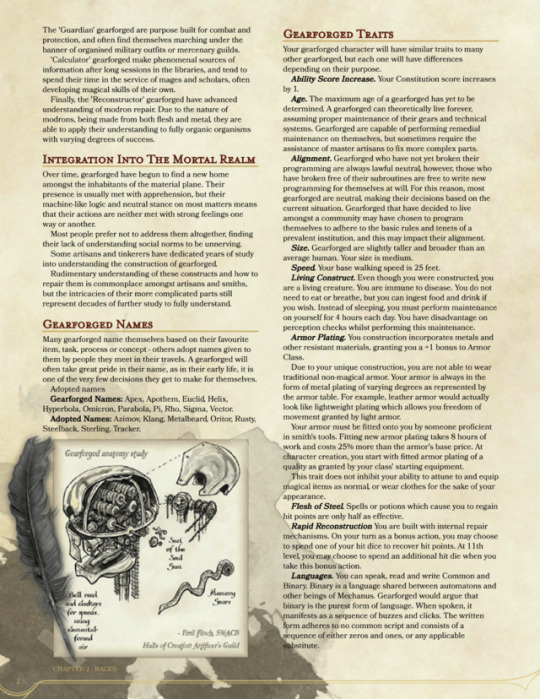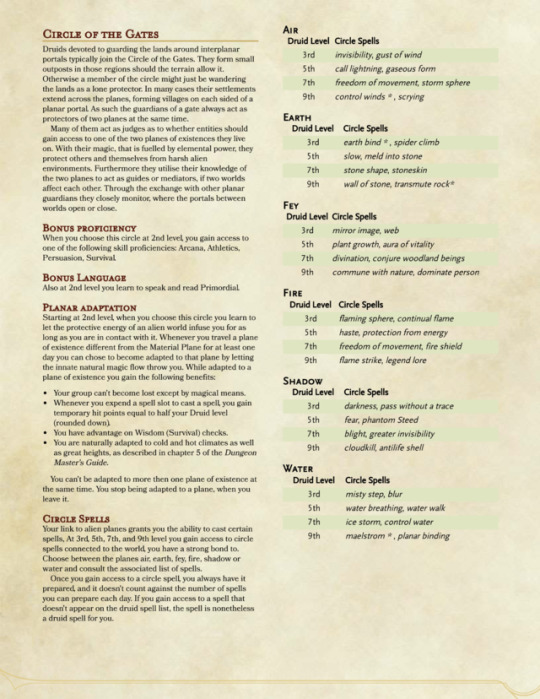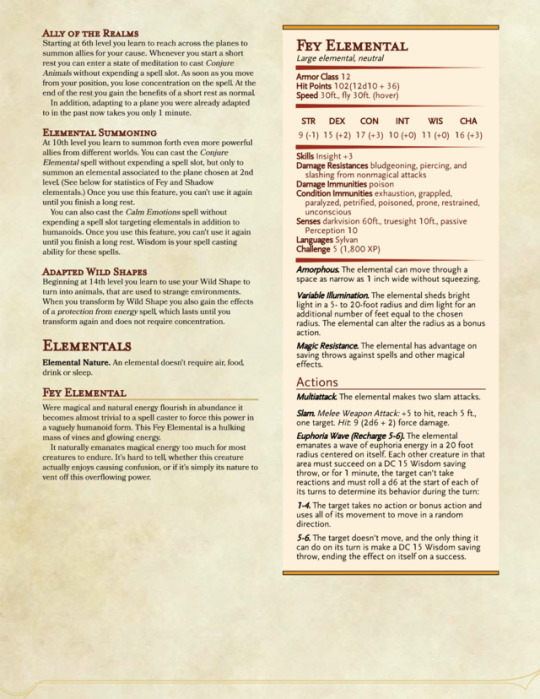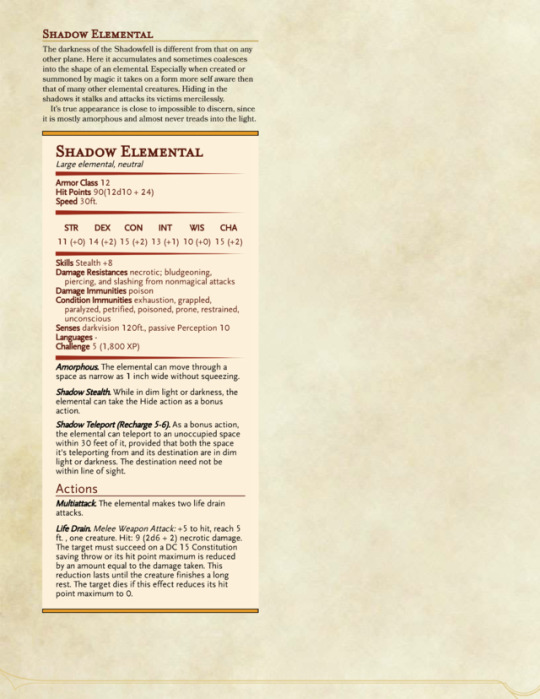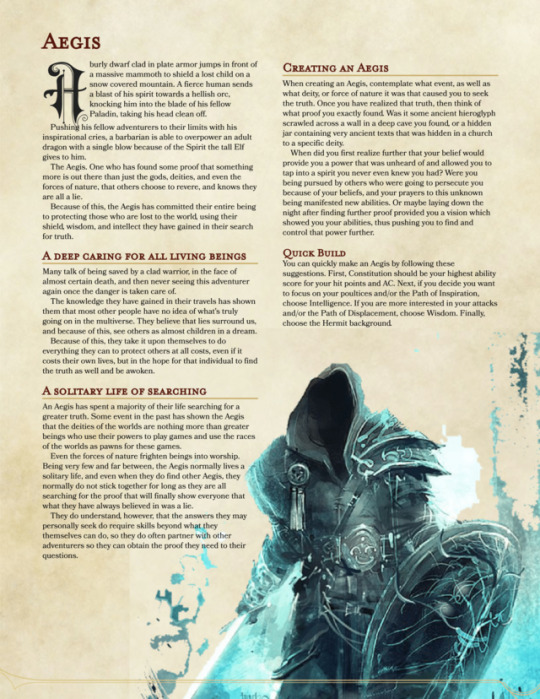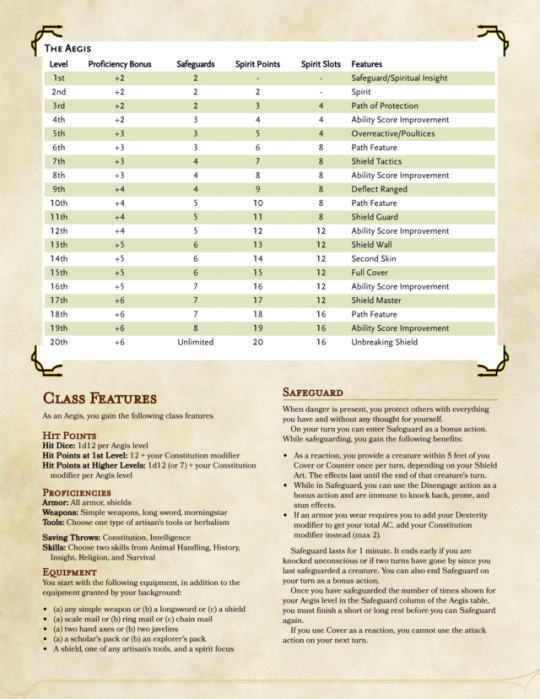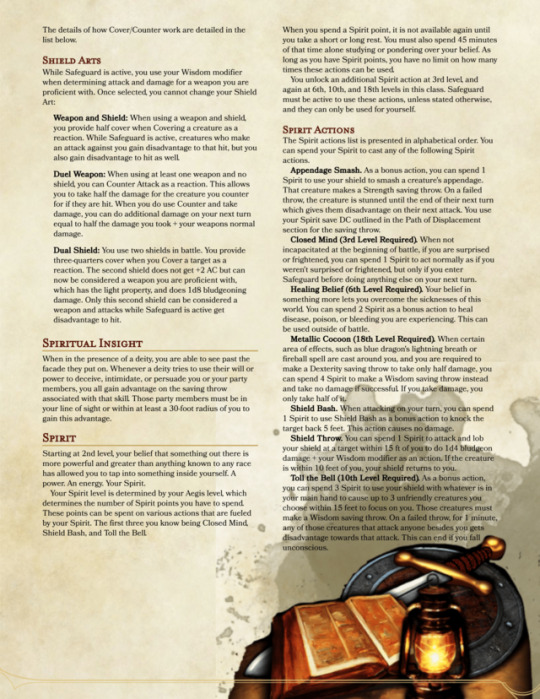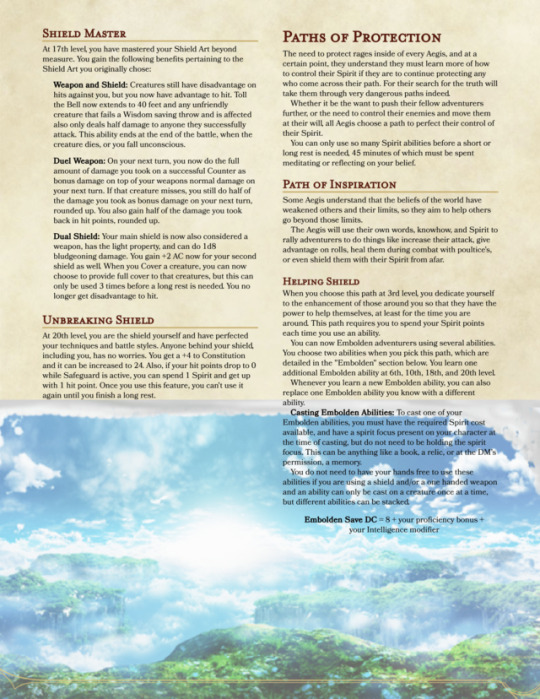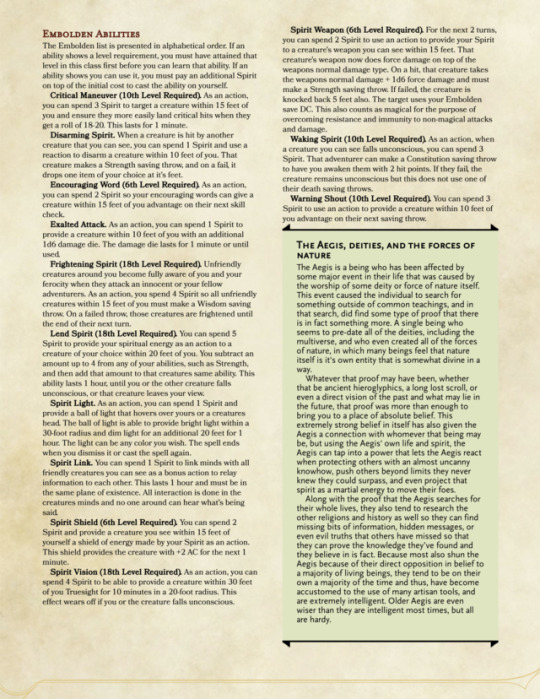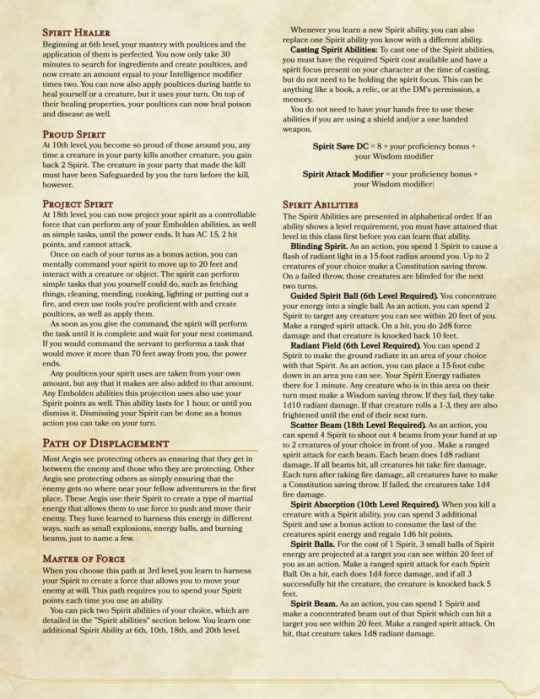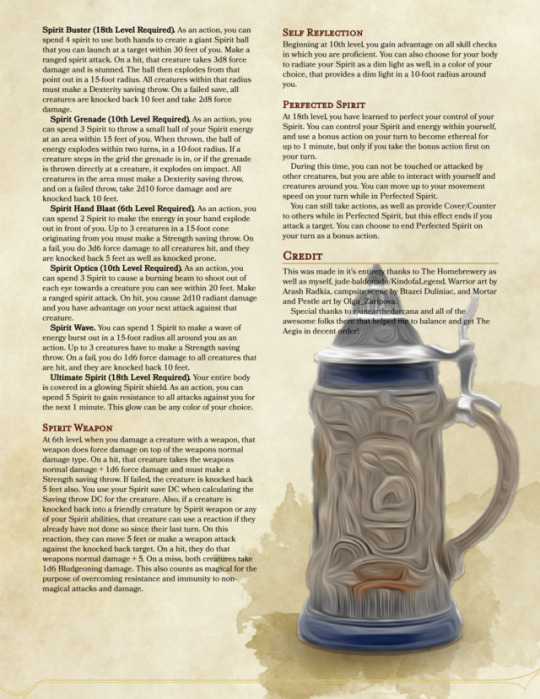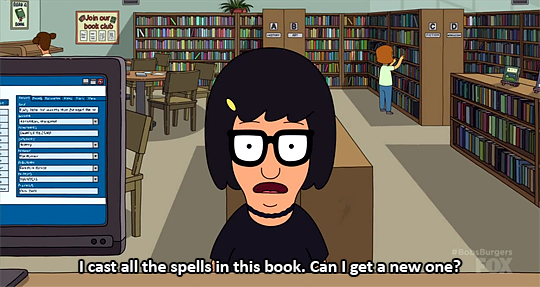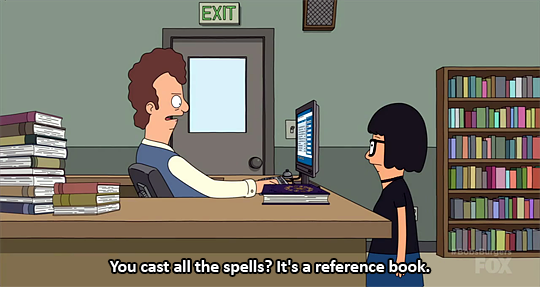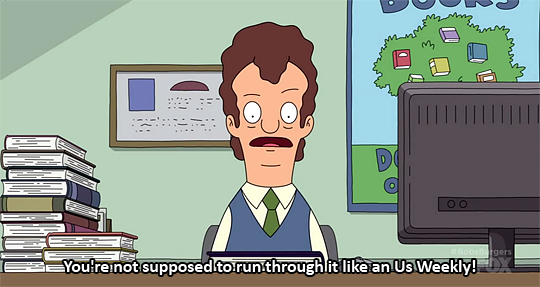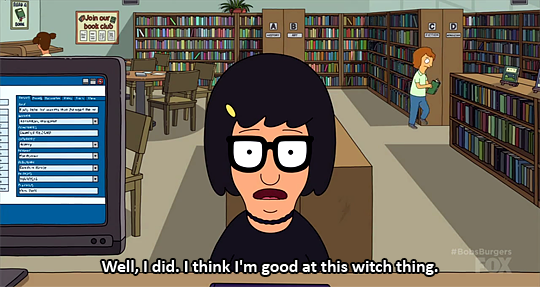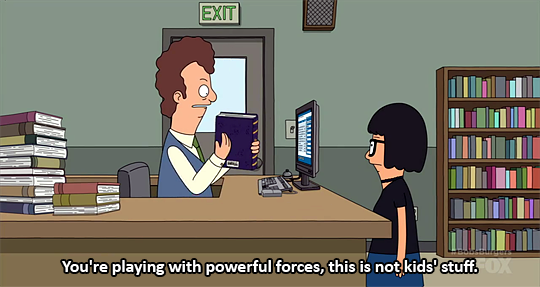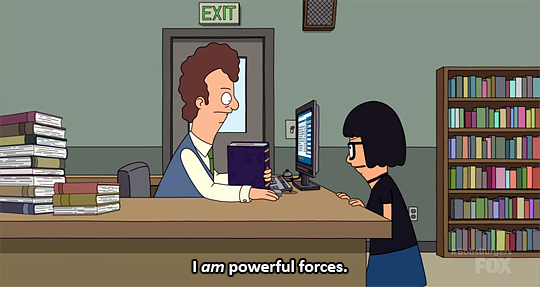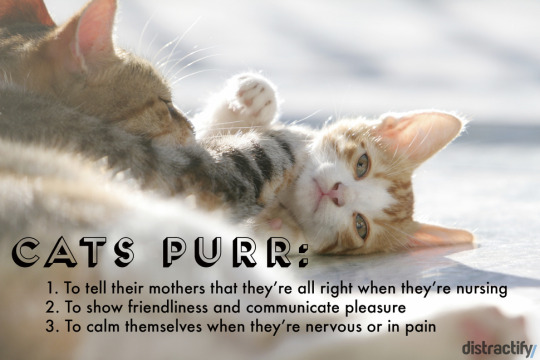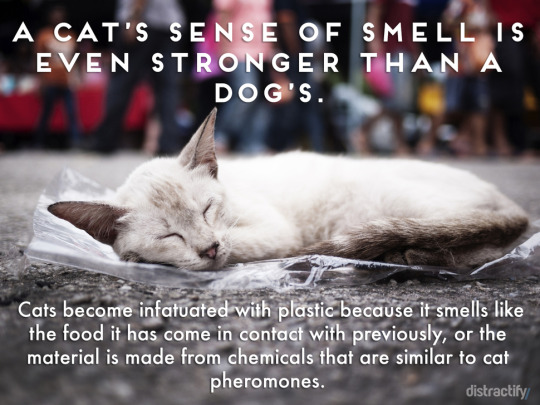Text
D&D 5e Random Disease Generator
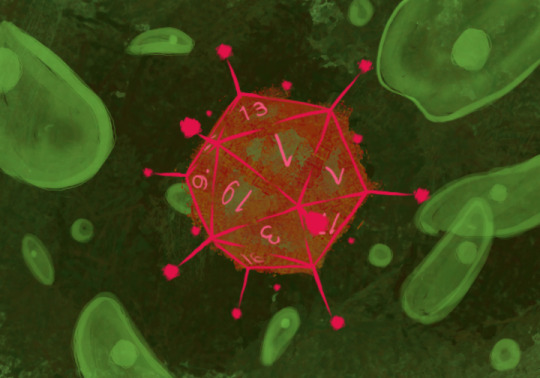
image credit: Noblecrumpet
D&D 5e is light on the number of diseases they have available, so I developed a series of tables that creates random, generic diseases. The main part of this table was actually taken from the AD&D Dungeon Master’s Guide, but it works well for this purpose. This table isn’t particularly flavorful about the disease, so it doesn’t work well as a story element, but as a game mechanic it at least gives some more information for a random disease and lets you come up with one off-the-cuff.
The generator determines how the disease is caught and transmitted, so if it’s contagious the other players ought to be careful. Then you determine what part of the body the disease affects. Once you know that, you know what ability scores it weakens. Once you know the disease’s occurrence and severity, you can make a roll at each time interval. On a failed save, the prior-determined ability scores are affected according to the severity.
The duration of the disease determines how long it takes for the disease to pass. Some diseases will eventually kill the creature, while others might go away on their own. There is also a table for treating the disease, which here grants advantage on CON saves for the disease. You can also use it as a jumping-off point for coming up with a way to completely cure the disease, like finding rare reagents for a spell or potion or finding a unique herb. Of course, a Cure Disease spell will always come in handy.
D&D 5e Random Disease Generator
Transmission: Roll 1d6 to determine how the disease is initially caught.
1: Contact - Merely touching an infected creature can put you at risk of infection. Common for skin conditions and STDs.
2: Fluid Contact - Only contact with infected bodily fluids can spread the disease, so intercourse, blood, spit, or bodily waste can all be contagious.
3: Inhaled - Can some from being near spoiled food or festering filth or rancid corpses, and is transmitted through the breath of a diseased person. Common for throat/nose diseases.
4: Ingested - Diseased or spoiled food, usually a parasite of some sort.
5: Injury - Usually from diseased monsters like rats or otyughs.
6: Genetics - Sometimes a disease unfortunately just manifests as a result of a genetic mutation. Such a disease is always considered noncommunicable.
Contagiousness: Roll 1d6 to determine how contagious the disease is. Whenever a creature comes in contact with a disease, have them make a CON save to resist catching it. The DC is based on the contagiousness as shown below.
1: Noncommunicable - The disease is not contagious once contracted.
2-3: Weakly Contagious - CON DC 8
4-5: Somewhat Contagious - CON DC 11
6: Highly Contagious - CON DC 15
Disease Type: Roll 1d100 to determine the part of the body that the disease attacks. The ability scores that relate to the location of the disease are described are affected by the severity of the disease, as shown in the severity table.
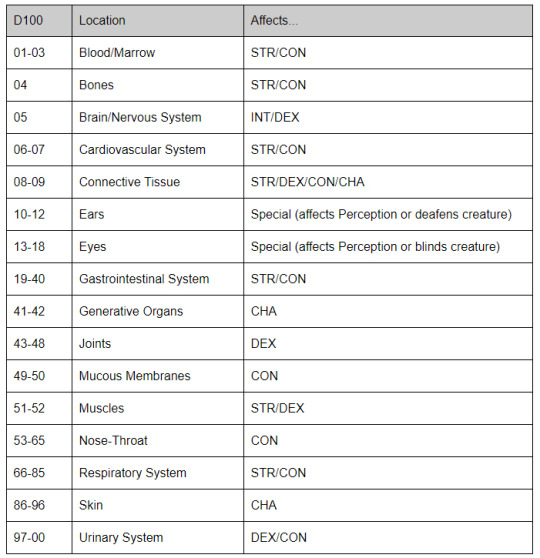
Occurrence: Roll 1d6 to determine how frequently the disease’s effects occur. Roll a CON saving throw at each interval. On a failed save, the diseased creature is affected as determined by the severity as shown in the severity table.
1-2: Chronic - Roll a CON saving throw each week.
3-6: Acute - Roll a CON saving throw each day.
Severity: Roll 1d20 to determine the severity of the disease. The listed effect occurs with each interval listed in the Occurrence roll. This determines how the disease affects the ability scores associated with it (see Disease Type). The only exceptions are diseases of the eyes and ears.
1-2: Terminal - Each failed CON save reduces relevant ability scores by 1. When one reaches 0, you die. Eyes/Ears: You become permanently blind/deaf.
3-10: Severe - Each failed CON save reduces relevant ability scores by 1, on a successful save, heal them by 1. Eyes/Ears: You become blinded/deafened for the duration of the disease.
11-20: Mild - Each failed CON save reduces applies disadvantage on rolls involving the relevant ability that period. Eyes/Ears: You gain disadvantage on Perception checks involving sight/sound for the duration of the disease.
Duration: Roll 1d20 to determine how long it takes for the disease to pass through one’s system naturally.
1: Permanent: Make a CON saving throw
2-5: 1d6+1 Months
6-10: 1d4+1 Weeks
11-20: 1d10+1 Days
Treatment: Roll 1d12 to determine how to properly treat the disease. Each CON save is made with advantage if the creature is being treated properly between each CON save. This is assuming divine magic cannot cure the disease outright with a Cure Disease spell. A Medicine check will accurately diagnose the disease and its treatment, usually with a DC of 15 or higher.
1: Heal Naturally - rest, drink plenty of fluids, and hope it goes away on its own.
2: Herbology - mixing of medicinal herbs. Requires a WIS check with a Herbalism Kit with a DC equal to the disease’s Severity DC, otherwise it worsens the disease by acting as one failed saving throw.
3: Alchemy - Mixing of chemicals to help cure the disease. Requires an INT check with Alchemist’s Supplies with a DC equal to the disease’s Severity DC, otherwise it worsens the disease by acting as one failed saving throw.
4: Arcane Magic: Contagion - You combat the disease with one of your own; requires an Arcana check with a DC equal to the disease’s Severity DC, otherwise it worsens the disease by acting as one failed saving throw.
5: Arcane Magic: Necrotic Damage - You kill off the disease by expending at least a level 3 spell slot on a spell that deals necrotic damage; requires an Arcana check with a DC equal to the disease’s Severity DC, otherwise it harms the target.
6: Arcane Magic: Poison Damage - You kill off the disease by expending at least a level 3 spell slot on a spell that deals poison damage; requires an Arcana check with a DC equal to the disease’s Severity DC, otherwise it harms the target.
7: Divine Magic: Lesser Restoration
8: Divine Magic: Greater Restoration
9: Divine Magic: Cure Wounds
10: Divine Magic: Remove Curse
11: Divine Magic: Protection from Poison
12: Surgery - Requires a Medicine check to perform with a DC of about 15 if external or at least 20 if internal. A failed save worsens the disease by acting as one failed saving throw.
4K notes
·
View notes
Photo

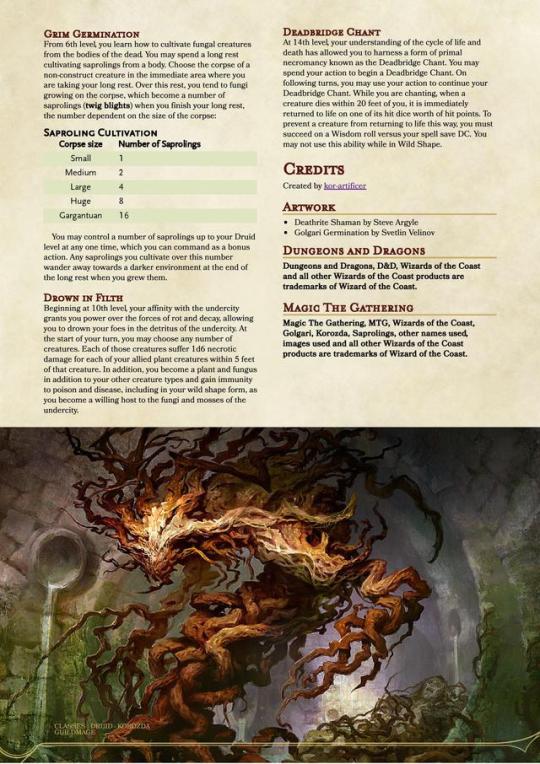
Druid Circle - Korozda Guildmage (Download)
Another addition to the roster of Ravnica Guildmage Subclasses, the Korozda Guildmage felt appropriate as a druid subclass, as the Golgari focus on nature like other druids, but with the specific focus on life and death. As a subclass, the Korozda Guildmage focuses on supporting other characters through healing and death-denial.
The Scavenge ability is based on the ability of the same name from Return to Ravnica. As a 2nd-level ability, healing relative to the size of dead creatures starts balanced and continues through later levels as players inevitably fight larger foes. The Undercity Dweller ability started off inspired by the first ability of the card Korozda Guildmage, but I felt that making it more flavour-based so that the character would feel more like a member of the Golgari was a better idea.
Grim Germination was inspired by the card Golgari Germination, as well as the second ability of Golgari Guildmage, in particular creating a number of saprolings equal to a creature’s toughness, which I translated into creature’s size in D&D terms. The Drown in Filth ability was loosely inspired by the card of the same name (which has some of my favourite art in Return to Ravnica), and the second part of it, it which the player becomes a plant and fungus in addition to their normal types was prompted by artwork for Jarad, the leader of the Golgari.
Deadbridge Chant felt appropriate as inspiration for the most powerful ability of a Golgari character, and the manner in which I’ve created it works with very interesting interactions in combat. It has the capability to be extremely powerful in terms of protecting friendly characters (and comboing with the Drown in Filth ability by keeping up the low-health saprolings), but also presents high risk when fighting enemy creatures with higher hit dice.
543 notes
·
View notes
Photo
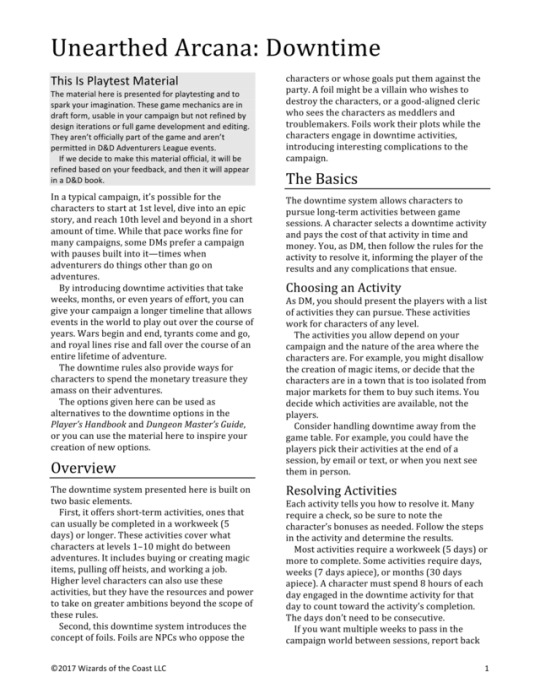


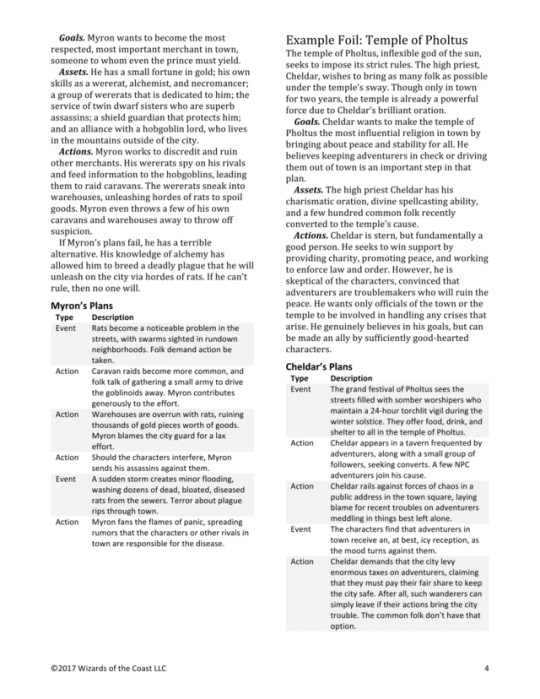

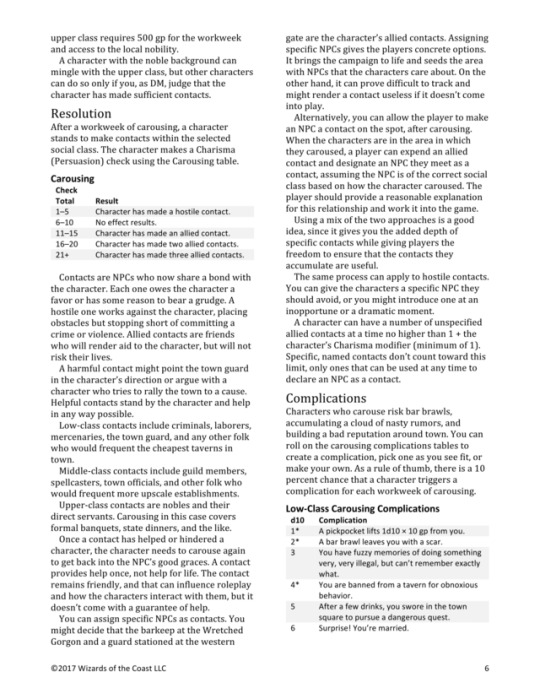
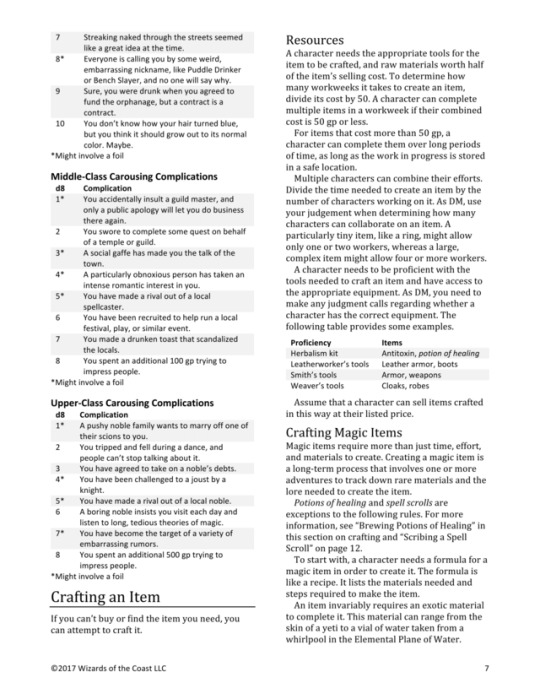
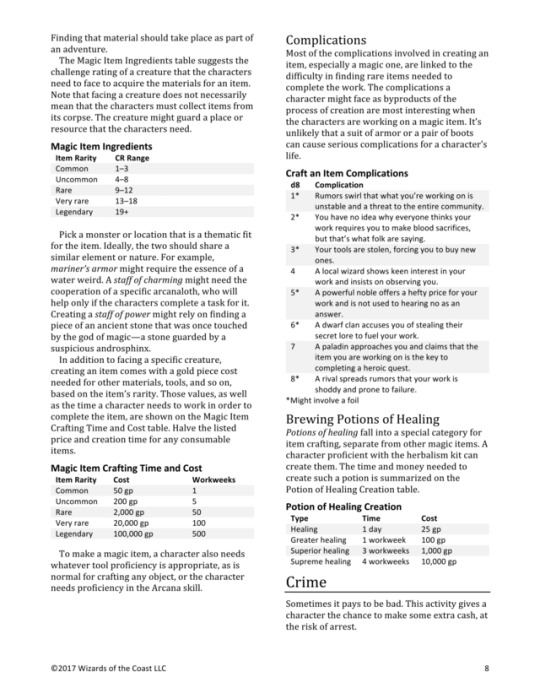
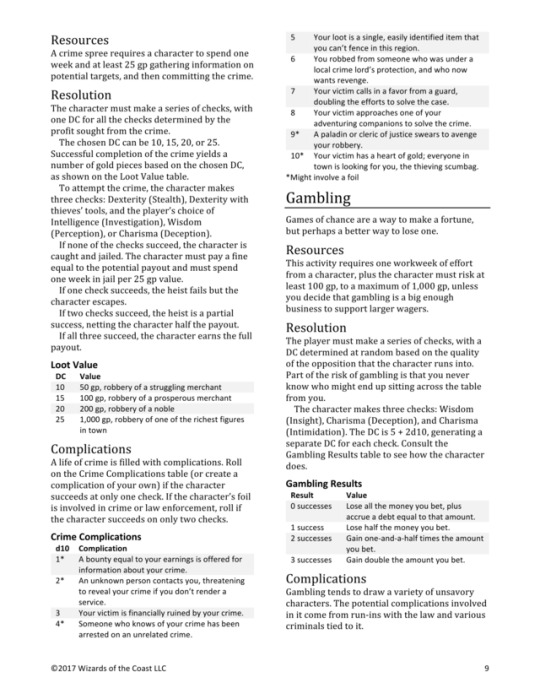


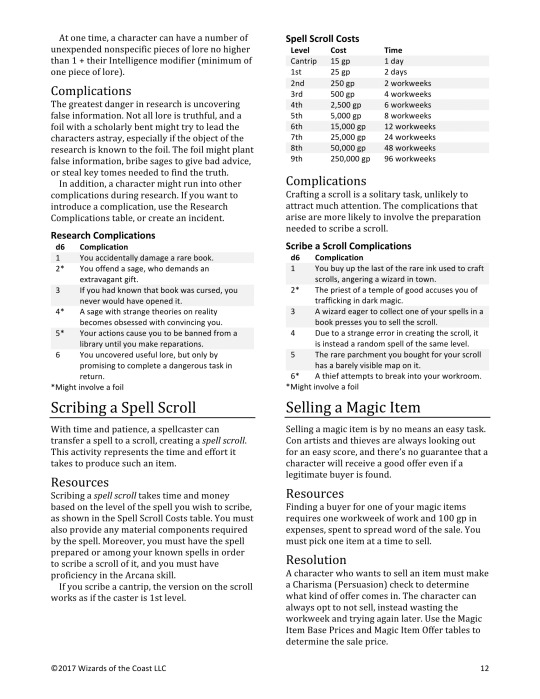
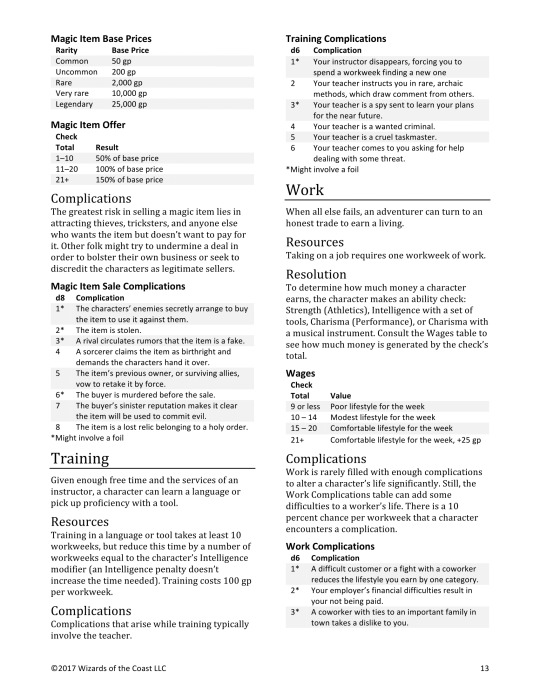

Unearthed Arcana Downtime
Don’t forget to rate last week’s spells.
4K notes
·
View notes
Photo
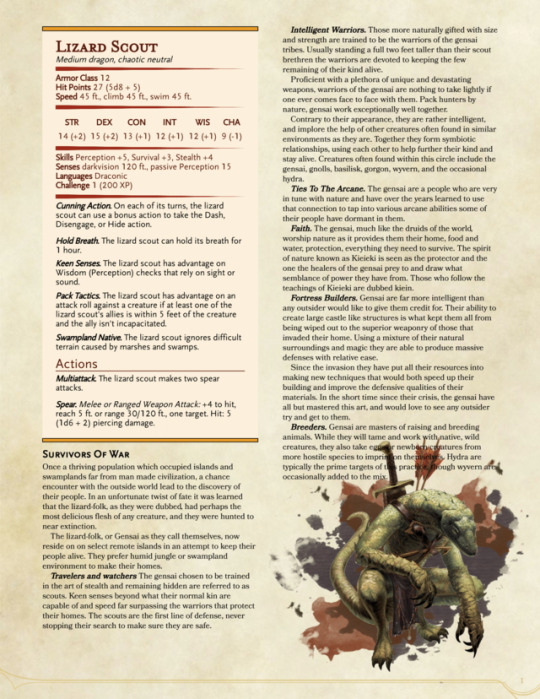
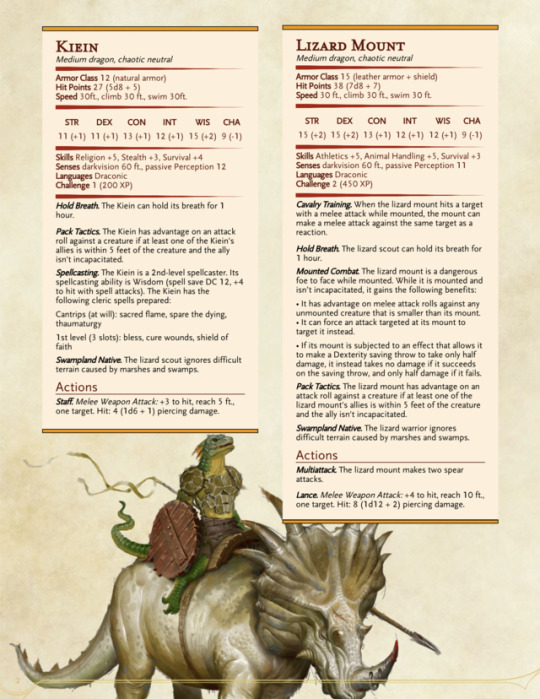

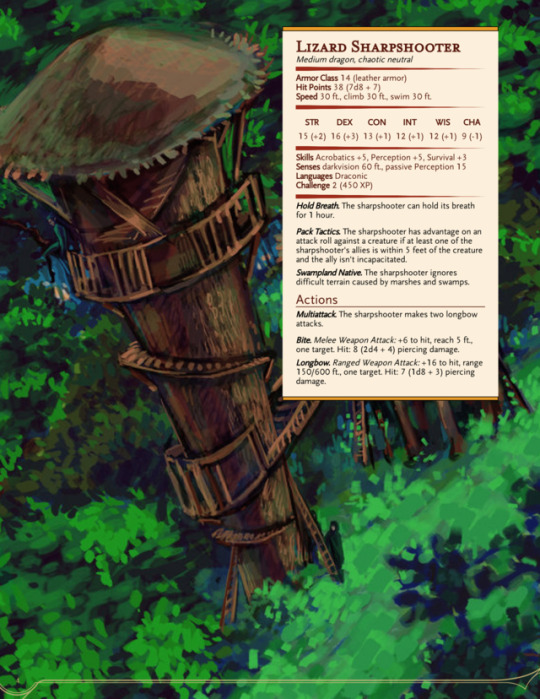
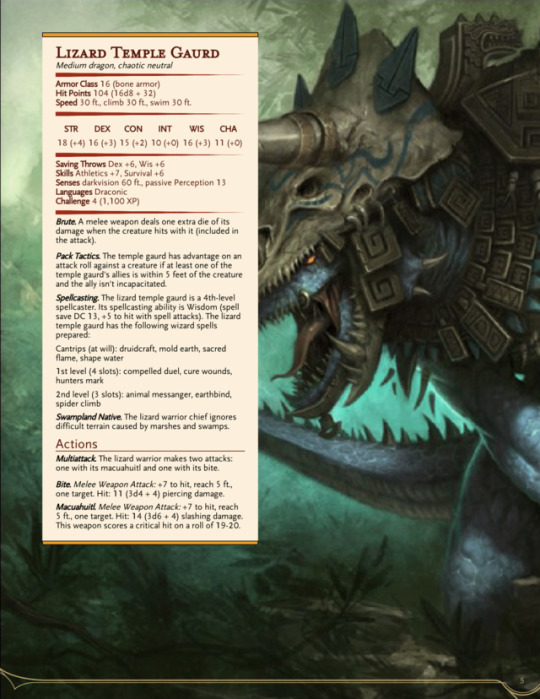
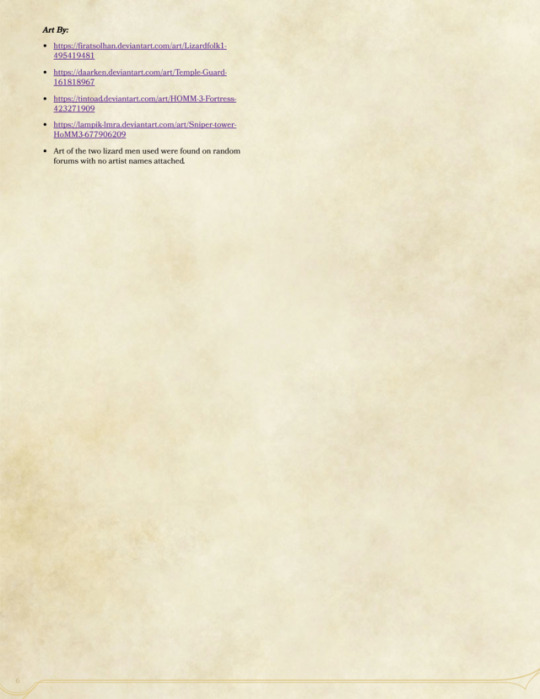
These are creatures I made for the first game I ever DMed for. Bunch of lizard people. They’re heavily inspired by the Fortress faction from heroes of might and magic 3. Since I’m like 2 followers away from hitting 1000 I figured the adventure I wrote for that game would be a fun thing to put up to celebrate, after some cleaning up of course. These guys are a big part of it so I made sense to put them up first.
930 notes
·
View notes
Photo
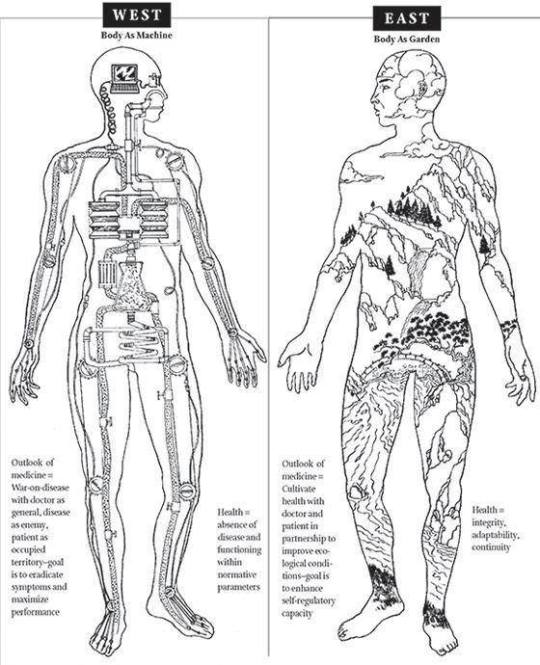
‘Western medicine sees the body as a machine, where you try to fix a broken part or take it out. In Chinese Medicine, the body is seen as a garden. If the leaves are wilting or turning brown, you examine the condition of the soil, see if the plant is getting enough water & sun or if the roots are being impinged upon. You don’t just paint the leaves green!’
From the classic book on Chinese Medicine, 'Between Heaven and Earth’. Source: Abcedarian Mathematics
1K notes
·
View notes
Photo
I want a tube like this

From Rodale’s Home Design Series: Baths (1987)
3K notes
·
View notes
Photo

Win a Ginger Tabby Cat Set from Kitten’s Playpen! <3 All you have to do,is reblog this post! Giveaway ends Aprill 30th 2016. Goodluck!
15K notes
·
View notes







